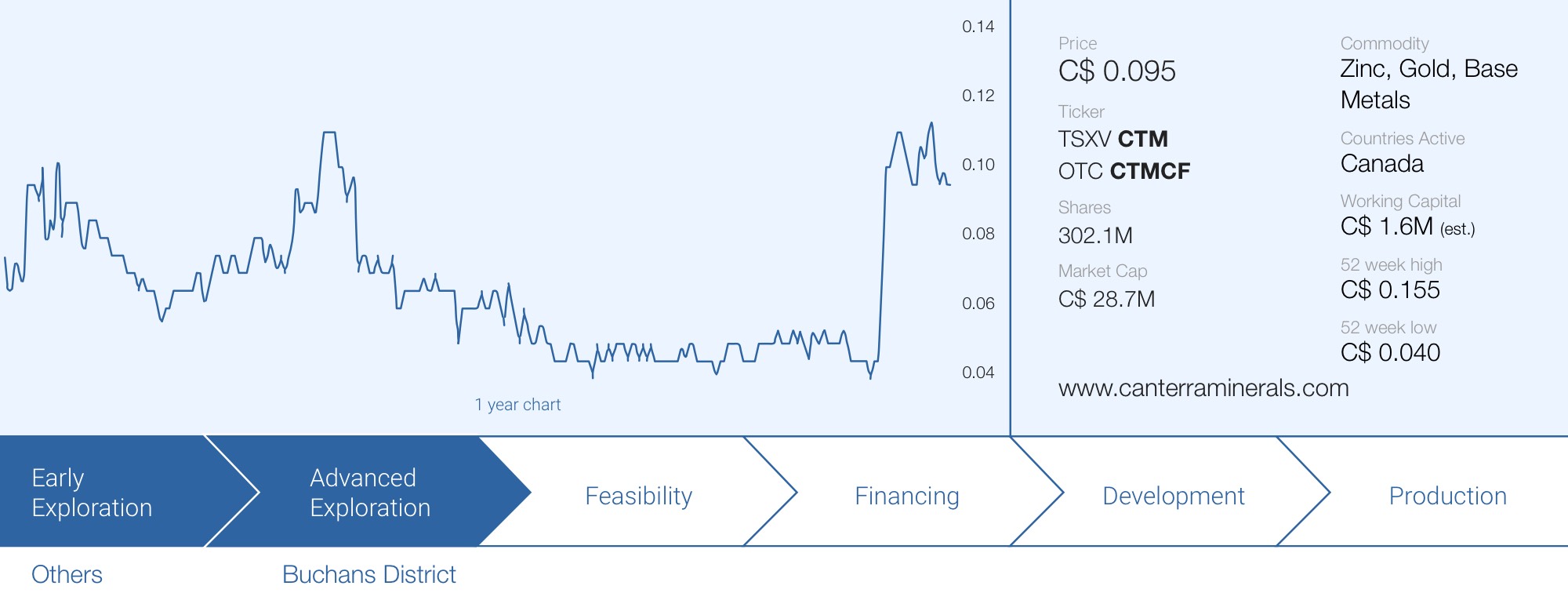
Canterra Minerals (CTM.V) has now released the first assay results from its maiden drill program on its fully owned Buchans project, located in Central Newfoundland’s mining district. The Buchans mine is recognized as the highest-grade base metals mine in the world during its operational history, which spans over about half a century. Canterra’s technical team is convinced there’s more to be found at Buchans, and the assay results from the first few holes (released in two separate batches) are proving them right.
The company intersected high-grade polymetallic mineralization in several drill holes and the beauty of the 2024 drill results is the fact that some of the intervals start pretty much at surface.
Canterra Minerals may have turned a corner here as the company shifted its focus from gold exploration to focus on critical minerals including copper and zinc. An opportunity to acquire the Buchans district doesn’t come along very often and Canterra decided to jump on it. The stock was trading at just 4 cents just one month ago. It has reached a high of C$0.13 since, and that is well-deserved. As a reminder, the Buchans district isn’t virgin territory as there is an existing NI43-101 compliant resource at Lundberg containing 16.8 million tonnes in the indicated resource category with an additional few hundred thousand tonnes in the inferred resource category.
| NSR Cut-off ($US/t) | Category | Tonnes | Cu % | Zn % | Pb % | Ag g/t | Au g/t | NSR ($US/t) |
| 20 | Indicated | 16,790,000 | 0.42 | 1.53 | 0.64 | 5.69 | 0.07 | 54.98 |
| Inferred | 380,000 | 0.36 | 2.03 | 1.01 | 22.35 | 0.31 | 72.95 |
Lundberg Deposit Mineral Resource Estimate – Effective Date: February 28, 2019
The Lundberg resource is part of a global Newfoundland resource which contains 23.4 million tonnes of rock in the indicated resource category with an additional 3.2 million tonnes in the inferred resource. These global resources do include some historical resource calculations; but the NI43-101 compliant resource at Lundberg represents the vast majority of the resource.
In this update, we will have a closer look at the recent drill results while we also asked CEO Chris Pennimpede a few questions about the drill results.
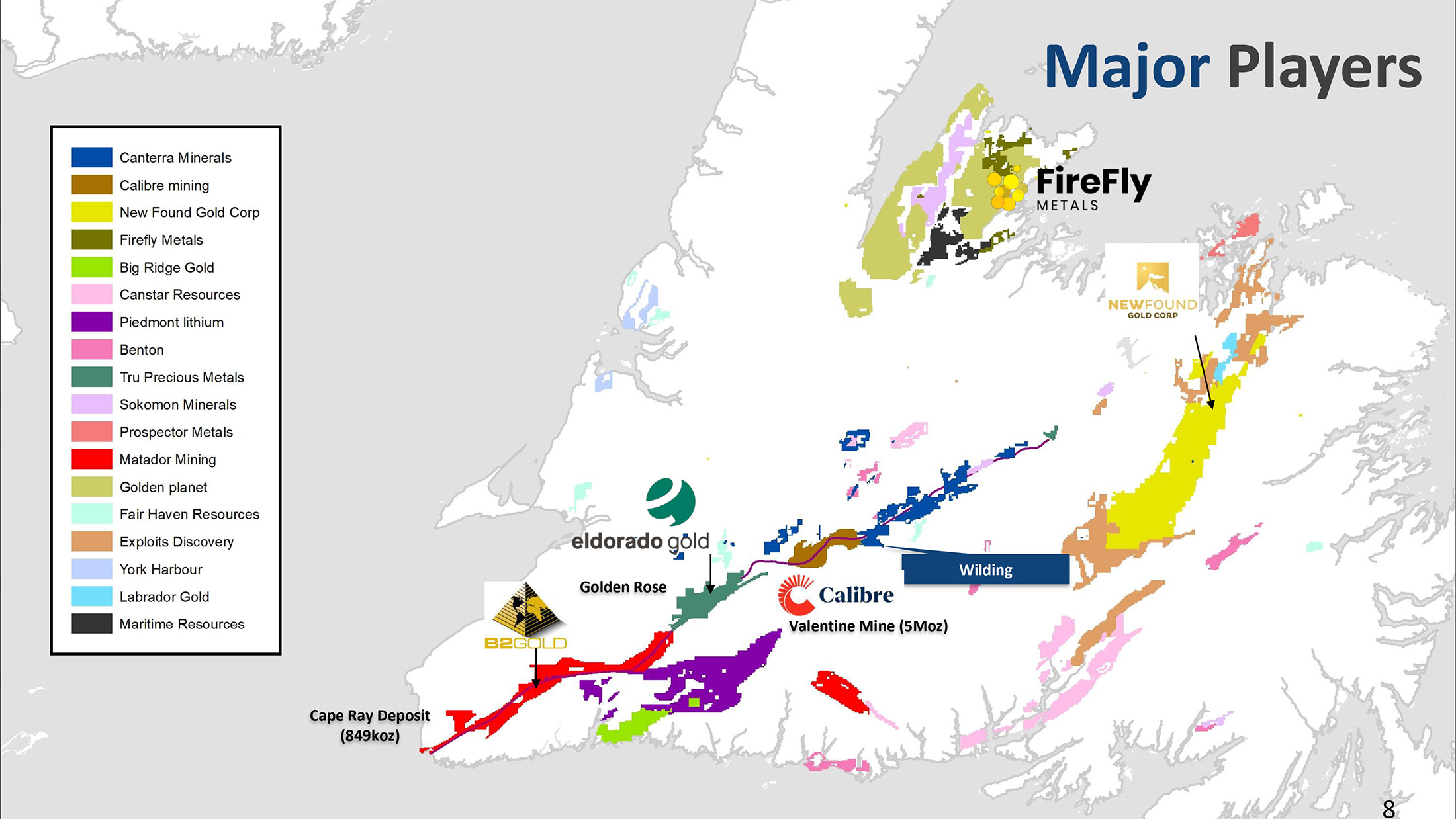
The first drill program in 6 years has hit some impressive high-grade intervals
Last week, Canterra announced the assay results of the final two holes drilled at the Buchans project as it had previously disclosed the assay results from five other holes drilled as part of its 2024 drill program.
The final two holes of this year’s drill program were actually even better than the holes reported on a few weeks ago. Hole H-24-3532 intersected 78 meters of 2.00% copper-equivalent (including 0.61% copper) including 22 meters of 2.96% copper-equivalent. Those grades are good, but it’s even more impressive when you realize the mineralization started just 4 meters down hole.
| Hole | From (m) | To (m) | Width (m) | Cu% | Zn% | Pb% | Ag g/t | Au g/t | CuEq (%) | Comments |
| H-24-3533 | 68.00 | 173.00 | 105.00 | 0.46 | 2.05 | 1.00 | 5.61 | 0.102 | 1.53 | Lundberg |
| incl. | 83.00 | 124.00 | 41.00 | 0.79 | 3.83 | 1.82 | 8.05 | 0.172 | 2.73 | ” “ |
| incl. | 96.00 | 110.00 | 14.00 | 1.11 | 8.85 | 4.98 | 8.37 | 0.122 | 5.39 | ” “ |
| and | 141.00 | 173.00 | 32.00 | 0.35 | 1.07 | 0.56 | 3.18 | 0.039 | 0.90 | ” “ |
| and | 228.00 | 236.95 | 8.95 | 1.04 | 0.06 | 0.06 | 2.71 | 0.072 | 1.18 | ” “ |
| H-24-3532 | 4.00 | 82.00 | 78.00 | 0.61 | 2.93 | 1.35 | 4.74 | 0.060 | 2.00 | Lundberg |
| incl. | 5.00 | 65.00 | 60.00 | 0.71 | 3.47 | 1.58 | 5.47 | 0.067 | 2.35 | ” “ |
| incl. | 16.00 | 49.00 | 33.00 | 0.82 | 4.01 | 1.76 | 6.08 | 0.078 | 2.70 | ” “ |
| incl. | 22.00 | 44.00 | 22.00 | 0.95 | 4.31 | 1.81 | 7.01 | 0.091 | 2.96 | ” “ |
| incl. | 32.00 | 35.00 | 3.00 | 0.94 | 8.52 | 3.68 | 7.80 | 0.122 | 4.82 | ” “ |
Hole H-24-3533 delivered the headline result of the drill update. And indeed, with 105 meters of 1.53% copper-equivalent (including 0.46% copper), that is a nice thick interval of polymetallic mineralization. Within that 105 meter interval there was a very juicy 14 meters of 5.39% copper-equivalent including 1.11% copper, almost 14% ZnPb, just over 8 g/t silver and 0.12 g/t gold.
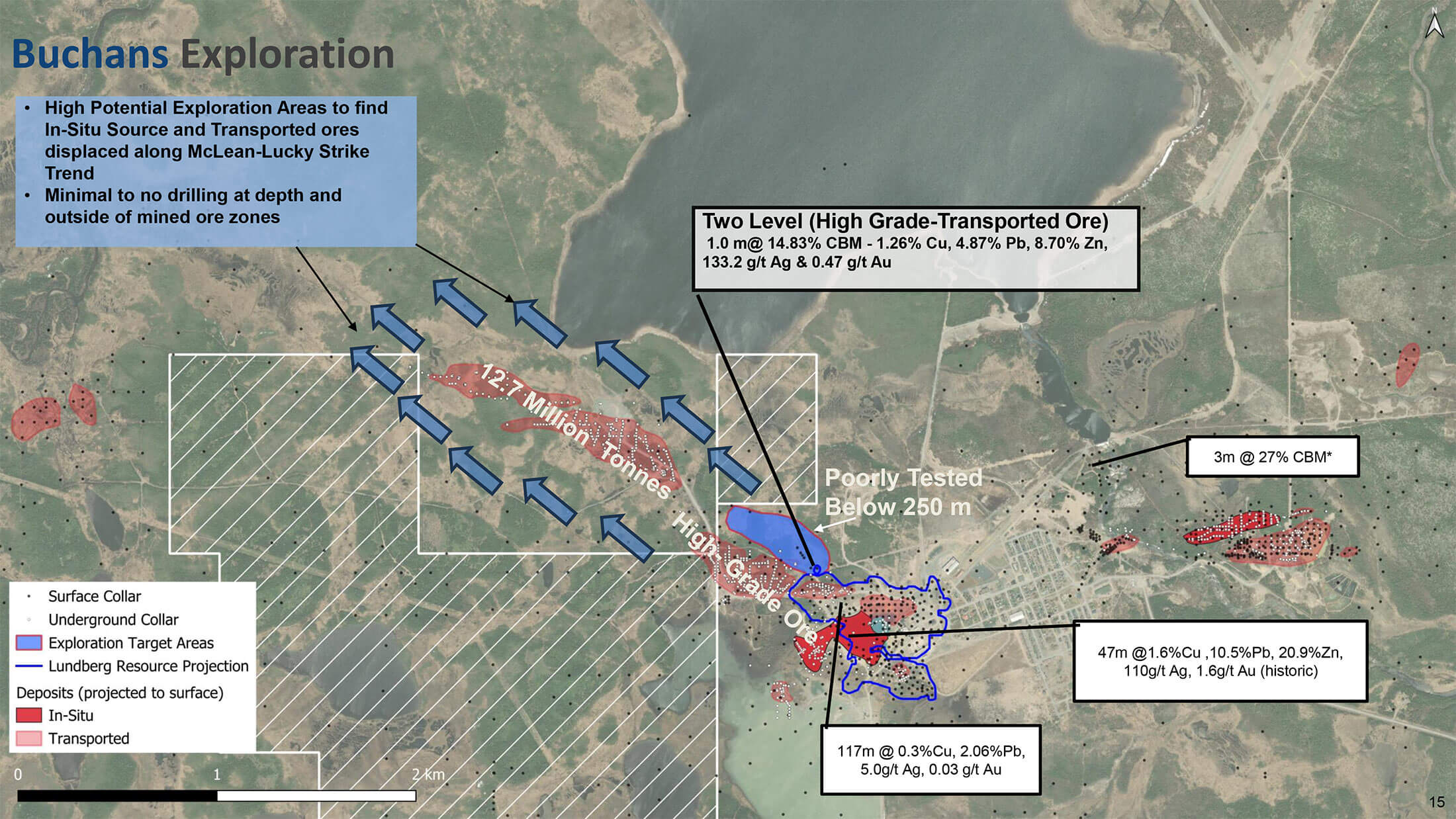
And this wasn’t the first good intercept. Canterra reported on the first set of results in November and two specific holes are catching the eye with hole H-24-3531 encountering 60.25 meters of 2.25% CuEq, of which 0.74% is copper. The remainder of the copper-equivalent grade comes from the ZnPb (5.08%), silver (11.5 g/t) and gold (0.16 g/t). As the table below shows, the mineralization starts at surface and that’s perhaps the most impressive element of the hole. And within the 60 meter interval, there is a 26 meter width containing 3.17% CuEq starting at just 6 meters down hole.
| H-24-3531 | 0.75 | 61.00 | 60.25 | 0.74 | 3.92 | 1.16 | 11.50 | 0.159 | 2.58 | Lundberg |
| incl. | 4.00 | 60.00 | 56.00 | 0.74 | 4.15 | 1.23 | 10.74 | 0.139 | 2.65 | ” “ |
| incl. | 6.00 | 32.00 | 26.00 | 0.95 | 6.13 | 1.63 | 13.94 | 0.204 | 3.71 | ” “ |
| incl. | 46.00 | 54.00 | 8.00 | 0.53 | 3.14 | 1.11 | 7.83 | 0.037 | 1.94 | ” “ |
| H-24-3530 | abandoned in old workings | |||||||||
| H-24-3529 | 270.10 | 272.10 | 2.00 | 0.04 | 0.39 | 0.26 | 6.9 | 0.054 | 0.36 | Two Level horizon |
| and | 318.25 | 331.25 | 13.00 | 0.07 | 0.36 | 0.19 | 1.7 | 0.057 | 0.31 | Lundberg |
| H-24-3528 | 96.50 | 99.80 | 3.30 | 0.04 | 0.62 | 0.30 | 8.4 | 0.082 | 0.48 | Lundberg |
| incl. | 97.30 | 98.80 | 1.50 | 0.06 | 1.04 | 0.52 | 13.5 | 0.139 | 0.80 | ” “ |
| H-24-3527 | 67.55 | 189.00 | 121.45 | 0.41 | 1.08 | 0.54 | 4.4 | 0.035 | 0.97 | Lundberg |
| incl. | 67.85 | 81.00 | 13.15 | 1.76 | 1.69 | 1.01 | 13.4 | 0.077 | 2.76 | ” “ |
| incl. | 137.00 | 147.00 | 10.00 | 0.27 | 2.83 | 1.20 | 4.2 | 0.041 | 1.56 | ” “ |
| and | 239.70 | 240.40 | 0.70 | 4.23 | 1.46 | 0.15 | 9.7 | 0.077 | 4.93 | ” “ |
| H-24-3381EXT | 133.00 | 145.00 | 12.00 | 0.23 | 0.46 | 0.32 | 1.6 | 0.022 | 0.49 | Lundberg |
| incl. | 135.00 | 144.00 | 9.00 | 0.26 | 0.54 | 0.41 | 1.8 | 0.021 | 0.57 | ” “ |
A second hole, 3527, extended the known mineralization to approximately 240 metes below surface which is interesting as the existing resource estimate on the Lundberg deposit is cut off at a depth of approximately 180 meters in that specific area. Higher up in the hole, the drill bit intersected 121.45 meters of 0.90% CuEq, including 13.15 meters of 2.68% CuEq starting at less than 68 meters downhole.
The other holes drilled at the property are a mixed bag as for instance the 12 meters of 0.47% CuEq in hole 3381’s extension and 13 meters of 0.29% CuEq in hole 3529 are interesting but clearly not of the same magnitude as the assay results in holes 3531 and 3527.
The positive drill results lend more credibility to the existing resource estimate which contains almost 17 million tonnes of rock in an in-pit indicated resource calculation, which contains 156 million pounds of copper, 566 million pounds of zinc and 237 million pounds of lead. Considering the mineralization has now been extended to a level below the known resource, Canterra’s technical team likely expects the resource to grow, both in terms of tonnage and perhaps in terms of grade as well. On top of that, the 2019 resource calculation was completed when metals prices were lower so at the current higher copper price, perhaps some tonnes that didn’t make the cutoff in 2019 may come into play in 2024.
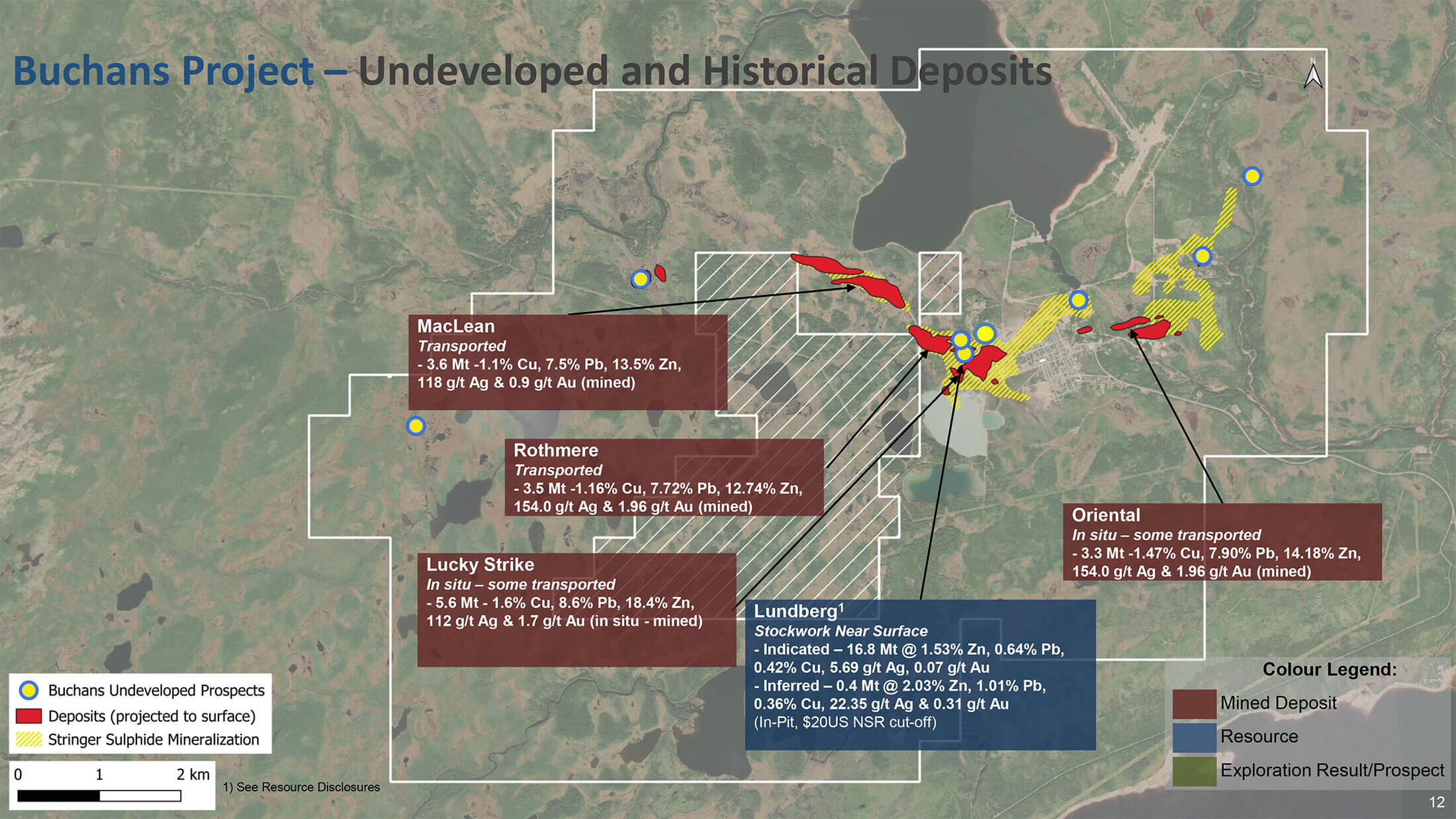
Questions for Chris Pennimpede
Chris, you must be relieved with the first set of results. How did you initially determine where to drill your first few holes, as you obviously wanted to increase your odds to make the holes count?
Relief was my first reaction, but also surprise at the widths of metal we drilled. This stockwork mineralization is consistent and as you pointed out, really starts at surface.
Yes, we certainly had limited meters to play with given the ongoing capital constraints in the junior resource sector. So we didn’t even get to drill even a third of the targets I had hoped to drill in our first kick at the can at Buchans. So ultimately that meant we had to focus on areas where we could pave the way to increasing the resource base and hopefully upgrading the grade of the overall resource base. On top of that, we completed one exploration hole that we hoped to show the extension of the two level high grade discovery (we hit the horizon but the grade was lower than the previous hole 100 meters away)
It’s still early days and you and your team are likely still analyzing all data from the first few holes, but what is the main takeaway for you right now?
The main takeaways from my perspective are fact the deposit clearly extends at depth as we’ve added 60 meters below the previous pit constraints and we have extended high grade blocks into areas where there were none before. Ultimately the main takeaway is that we have a path now to substantially increasing the existing resource base. And that’s exciting because I think there’s a strong chance we will make a new high grade discovery at some of the other undeveloped targets on the property that would augment the resource substantially.

How important is the perceived continuity of the mineralization given the proximity of the newly encountered intercepts to known mineralization?
The stockwork mineralisation is very consistent for the most part, but as we showed in this program there are higher grade parts of it that we are still defining the boundaries of as well as extending moderate grade at depths below the existing pit boundary.
Did these holes increase the size of the mineralized envelope, or were certain zones more meant to be infill drill holes?
All the holes that intersected mineralization increased the mineralized envelope either laterally or at depth, with the exception of 1 hole that was more of an infill hole where we had no assay information from historic drilling. That holehelped upgrade the block model as the results were better than the block model had predicted. We had to abandon one whole that hit historic underground workings where there were none mapped. We had predicted high grade copper-lead-zinc mineralization in that area, so losing that hole was a bit of a bummer, but comes with the territory and operating within a former Tier 1 underground mine.
You originally acquired Buchans for its zinc prospects, as zinc is seen as a critical mineral in Canada. However, your assay results were announced in copper-equivalent percentages. Does this represent a shift in how you look at Buchans?
We acquired Buchans because it was the highest grade mine in the world during its operating history producing 16.2 million tonnes (“Mt”) of ore at an average grade of 14.5% Zn, 7.6% Pb, 1.3% Cu, 1.37 g/t Au & 126 g/t Ag a remarkable 23% combined base metals. I don’t focus on commodities, I focus on finding deposits and where better to look then in the shadow of four head frames that existed at buchans? So we liked it because it had high grade metal pure and simple that had a bulk tonnage resource and serious potential to make a new high grade discovery in line with the previously mined grades. When we looked at what actually drives the economics of the buck insta posit in the modern metal price environment, copper accounts for 40% and zinc 40%. Made sense to report in copper in equivalent.
Has the VRify AI program already been helpful in outlining (additional) drill targets?
Definitely. I think it is most useful especially as a first pass overview which is exactly what are usingit for at the moment. It challenges the beliefs of the existing paradigms of a project or jurisdiction in terms of where exactly on the project massive sulfide targets could exist.
The analogy I always like to use is when I worked in Nevada or the Great Basin in general, a lot of the geologists suffer from tunnel vision into the right or wrong rocks that can host Carlin type gold mineralization. Many of the bigger discoveries over the last decade or more have been in the wrong rocks and or discovered by Canadians who went south and dispatched with the existing paradigms of where Carlin type gold mineralization could form. Newfoundland is no exception to tunnel vision geos and so the results first pass using VRIFY has identified the Nu target which stands out above all the rest, and appears to be an even juicier target than anything we have onthe known mine trend in terms of the probability of hosting Buchans style high-grade massive sulphide mineralization. Interestingly, the Nu target is located in an area that was seen as potentially being the wrong rocks to make any noteworthy discovery. Needless to say we are keen to hit the ground running.
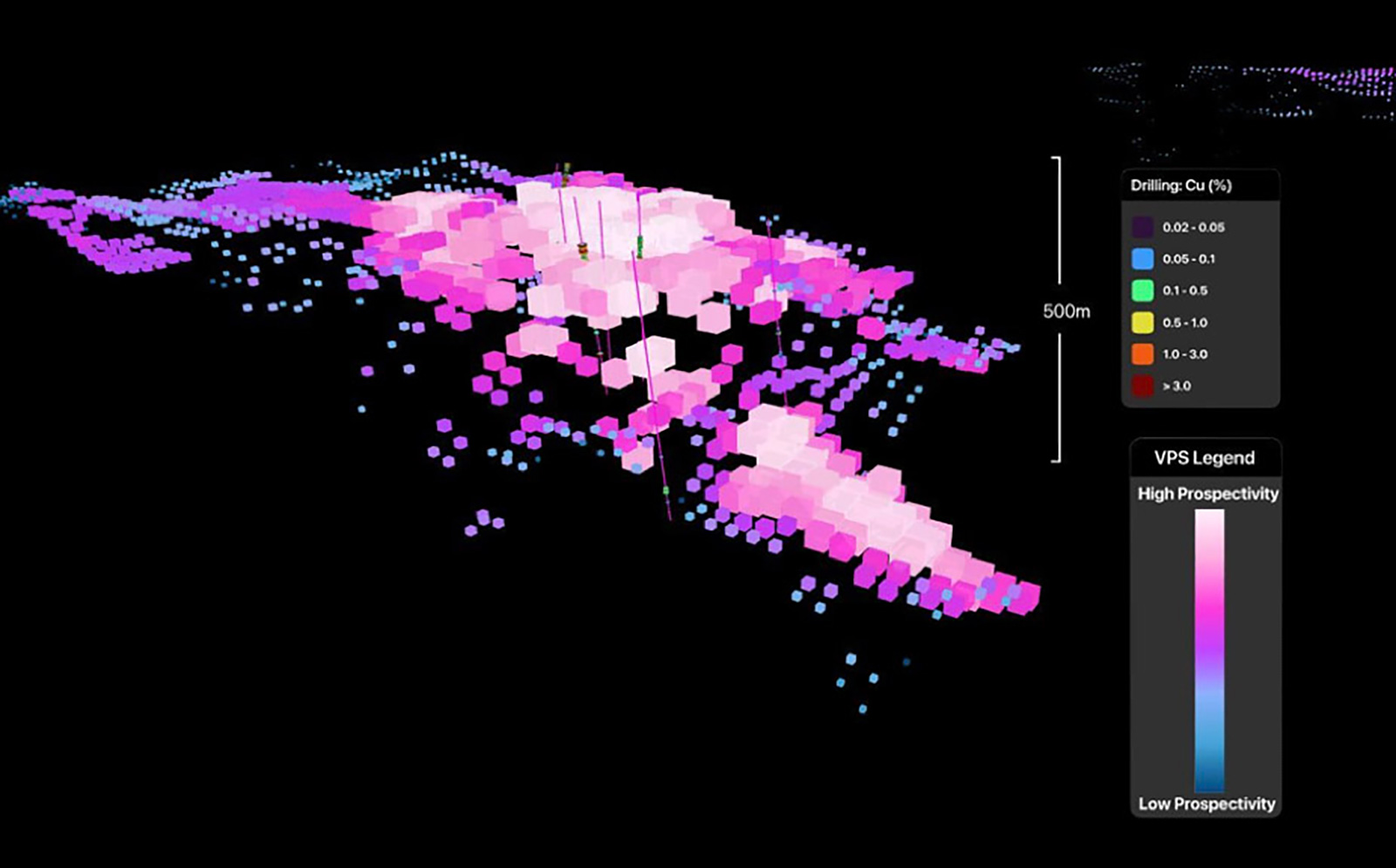
In a perfect world, what would you like to do from an exploration perspective at Buchans in 2025?
Ideally, we would kick off with deep seeking induced polarization geophysics at all five target areas that have the potential to yield a new high grade discovery. This would give us a missing layer of data to refine these targets and develop something to point the drill at in combination with the existing datasets. Following on that, 10,000 meters of drilling to exploit the targets we already have developed a drill stage and any additional targets that come out of the deep-seekingIP and the other exploration work that is ongoing. But if money was no object or no constraint, they would start with a minimum of 20,000 meters at the existing targets as well as 10,000 meters dedicated to the deep targets that Boliden had identified prior to Canterra purchasing the project. Another 10,000 meters to exploit the rest of the Lundberg deposit and start in on a resource update.
In a more realistic world where it is still difficult for exploration stage companies to raise funds, what kind of budget are you envisaging for next year?
We are currently raising C$3M that will see us through the deep seeking IP surveys along with approximately 7000 meters of drilling.
Most peers in the advanced exploration phase are trading at US$0.03-0.045 per pound of copper-equivalent in the ground while Canterra is trading at less than half that. What do you think the market would like/need to see to close that gap? More drill results? An updated resource estimate to replace the current historical estimate?
List on the ASX? All joking aside, but basically the discrepancy is crazy. If it hasn’t been clear already my bias is clearly you build value through the drill bit. Development stories are, how does Pierre Lassonde refer to them now? “The killing fields”?. ‘Drill, baby, drill’ and demonstrate that there is at least 1,000,000 tons of 15 to 20% combined base metal at a minimum to be found here on the Buchans project.
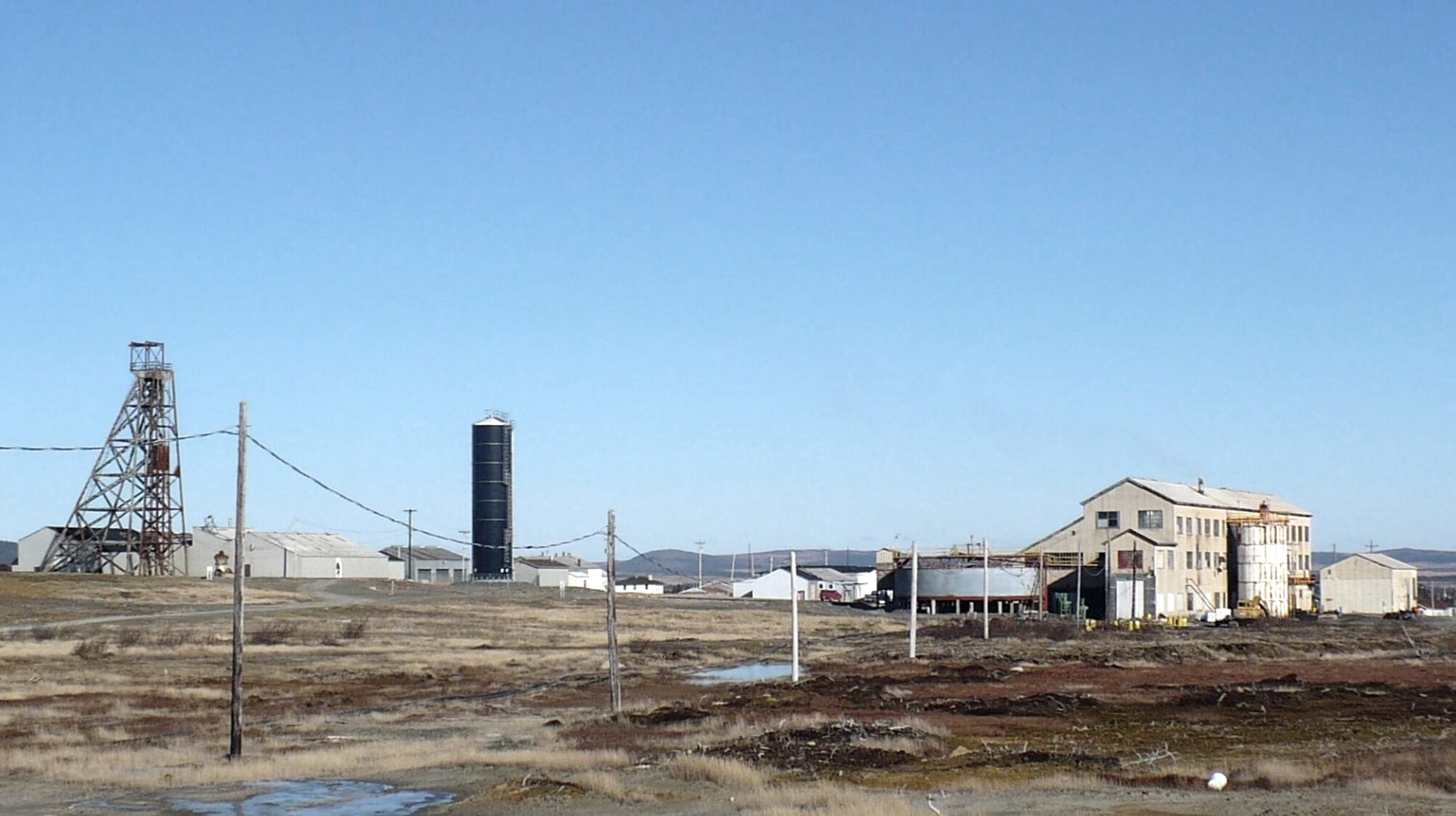
Conclusion
Canterra’s first drill program at Buchans is a success. The company intersected high-grade polymetallic mineralization in several of the holes it drilled. Not only does this lend more credibility to the existing resource estimate, it also paves the way for a potential resource expansion while the higher grade results could potentially also increase the average grade of the resource.
Next year’s exploration program will be funded through the proceeds of the current ongoing financing. Canterra Minerals is currently raising funds in a hard dollar and flow-through offering. The hard dollar units are priced at C$0.10 and consist of one common share and ½ warrant with each full warrant allowing the warrant holder to acquire an additional share for C$0.15 within 36 months after closing. The flow through portion consists of shares priced at C$0.12
We are already looking forward to Canterra’s plans for 2025 and hope next year’s drill program will confirm the initial findings from this year.
Disclosure: Canterra Minerals is a sponsor of the website. The author has a long position in Canterra Minerals. Please read our disclaimer.
We woul like to see more reserves – you are working on it – hence we will be following up on future results – what is your drilling budget for the next 2-3 years – how will you finance the drilling – what is your cash position and cash burn.